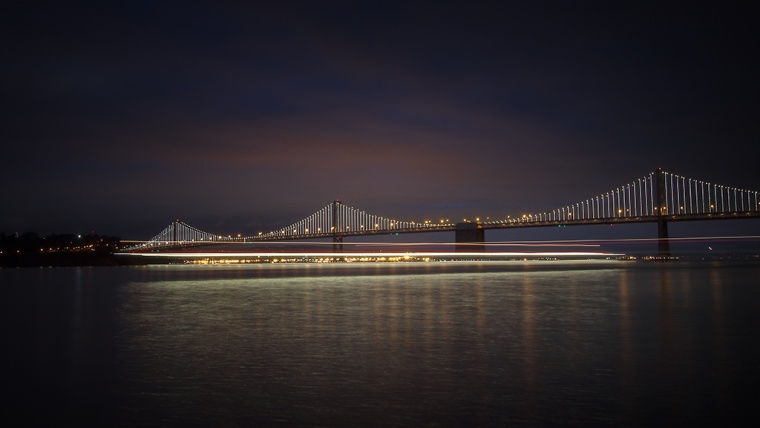
Given the inherent optical nature of photography as an art, geometrical shapes are ubiquitous. However, using some shapes intentionally in your compositions can greatly improve your final results. In this post I want to talk about lines and how to use them on your favor.
First of all, when I say lines I mean both straight and curved ones. There are different situations where you can benefit from either of them and when and where to use them will depend on the specific elements present in the photo you are trying to take.
Table of Contents
One of the most useful, abstract and at the same time common ways of using lines is in such a way that they guide the viewer’s eye to a given spot in your composition. Even if you don’t actively try, chances are that you have a couple of photos in your personal collection where you actually made good use of lines that were present at the location for this purpose. The reason is simple. They not only work once the photo is produced, but also when you look at the scene in real life. Having those lines there will actually help catch your attention and decide to make a photo in the first place.
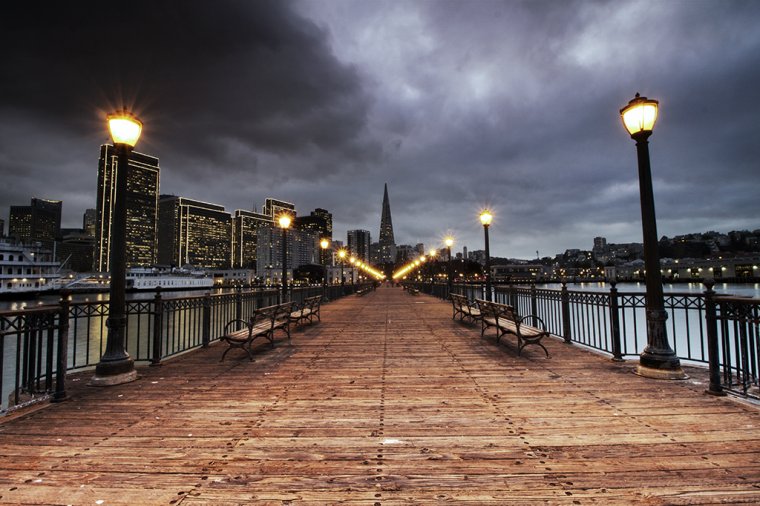
The human brain has a natural tendency to find patterns and follow edges. In fact, if you think about how we actually follow any moving object, what we basically do is follow the shape given by a closed line forming the edge of that given object. This way, when we are presented with an image where strong lines are present, our eyes will naturally tend to follow those lines and, if your main subject (or an important one at least) is located at the end of those lines, the viewer will automatically pay special attention to that subject, making it easy for you to declutter your image.
Another appealing use of geometrical shapes is to frame a photo. It is obvious that we humans like frames. Otherwise, most of the art in museums and photos hanging on our walls would not have different types of frames. It actually is pretty common to find photos posted on the internet with some sort of digitally created frame around.
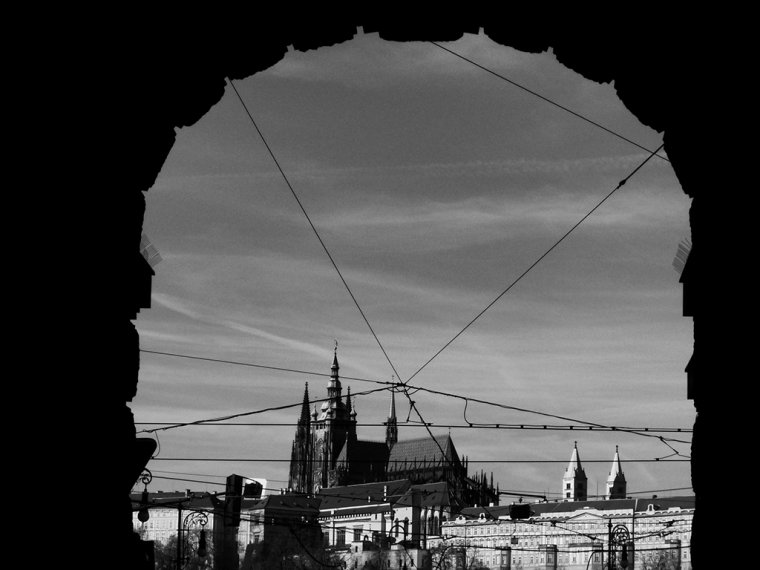
Nature and man-made structures can provide very appealing frames as well. Be it the arches of a bridge, a natural rock formation or even the frame of a window, using lines to frame the main part of your image can provide a completely new point of view and drastically change your original composition, sometimes for better but sometimes for worse.
Architecture photography, by definition, is full of geometric elements. While older styles like Gothic (e.g. Cologne cathedral in Germany) are more cluttered, modern architecture tends towards a more minimalist approach and straight lines are present everywhere. This allows you as a photographer to create interesting compositions where you can used those lines again to guide the viewer’s eye towards a specific point, or simply produce abstract images that sometimes are classified as fine art (these work especially good in black and white). Some styles like the Baroque (e.g. St. Peter’s Basilica) contain arches and large columns that can also help you achieve interesting effects both in terms of including the lines formed within your composition or using them as frames.
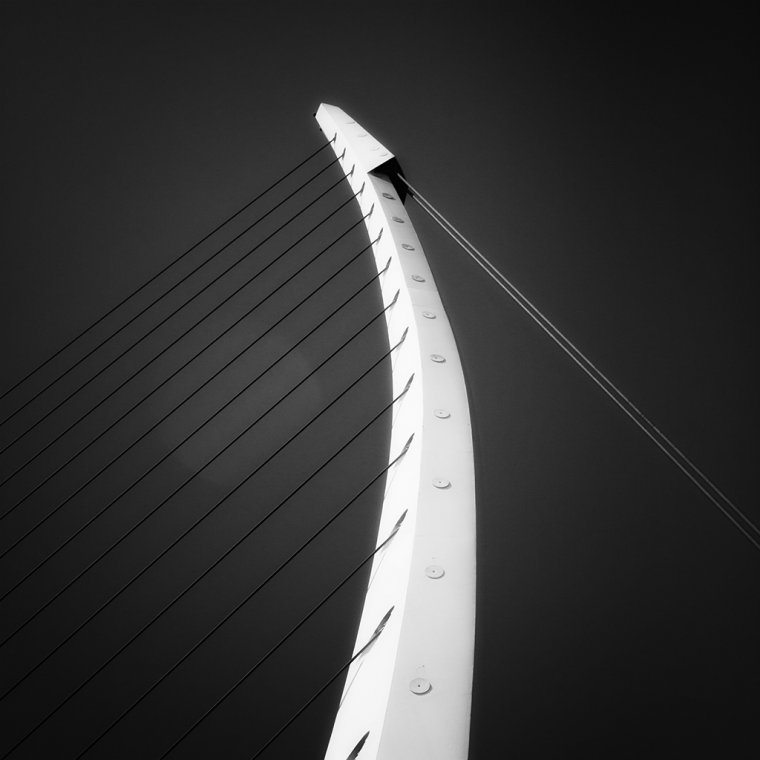
Another type of structures that are definitely worth looking at are bridges. Once again, modern and older bridges present completely different shapes and lines that can help you create images out of the ordinary. As with everything in photography, one of the most important (and frequently overlooked) aspects is looking at things from non-conventional points of view. This will help you both develop your own style and train your eye to get interesting compositions faster as you practice more and more.
A great option to create dynamism and lines in any image is by using light trails. Depending on the path followed by the light source (cars, bikes, planes, etc.), the lines left behind can be straight or curved and they have the power of capturing the attention not only due to their shape but also because of their bright nature.
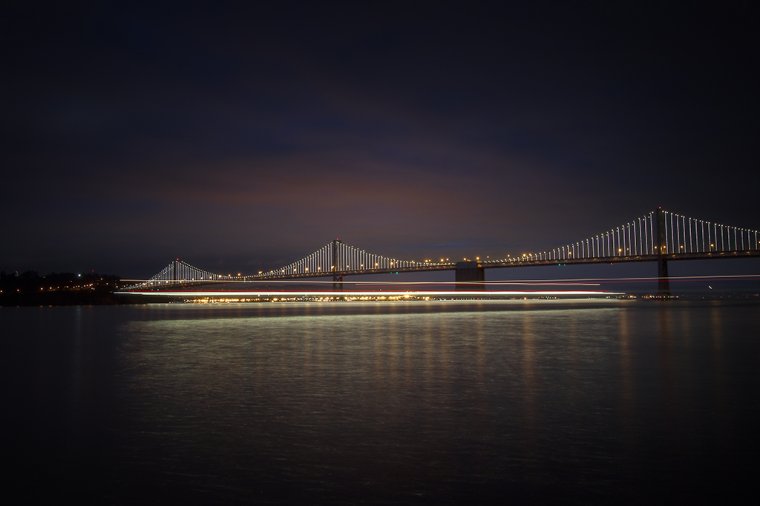
In general, while lines will always be present in your images in some way or another, actively thinking about how to use them when composing an image will provide you with new ways of looking at your subjects, so next time you are out making photos, remember to look for them and have fun!
Comments (0)
There are no comments yet.